The device of the Indesit washing machine with vertical loading
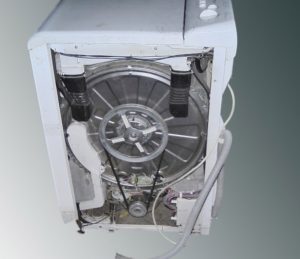 To be able to independently identify and repair a washing machine failure, you need to know how the machine works. If you do not understand the internal structure of the washing machine, detecting and dealing with the malfunction will be problematic. Therefore, before starting repairs at home, you should study what components and elements the device consists of. Let's look at the structure of the Indesit top-loading washing machine and tell you about the main components of the equipment. Let's look at how to diagnose the "vertical".
To be able to independently identify and repair a washing machine failure, you need to know how the machine works. If you do not understand the internal structure of the washing machine, detecting and dealing with the malfunction will be problematic. Therefore, before starting repairs at home, you should study what components and elements the device consists of. Let's look at the structure of the Indesit top-loading washing machine and tell you about the main components of the equipment. Let's look at how to diagnose the "vertical".
Main components of a vertical machine
To repair a washing machine with your own hands, you need to understand how the mechanism works and how the parts of the machine are interconnected. Such knowledge will help localize the problem without wasting time examining and diagnosing nodes that clearly have nothing to do with it. Indesit automatic top-loading machines are equipped with:
- top cover;
- side panels;
- tank with drum;
- control panel, behind which the main module is located;
- an electric motor responsible for rotating the drum;
- water supply valve;
- garbage filter;
- drain pump;
- heating element;
- a pressure switch that determines the water level in the tank;
- a tachometer that records the number of revolutions;
- counterweight and shock-absorbing springs;
- detergent dispenser;
- drive belt and pulley.

The main components of a vertical washing machine are the same as in the front washing machine. Having understood the washer circuit and the functions of each element of the machine, it will be easier for the user to understand what exactly went wrong and in which part of the system the failure occurred. The loading hatch for the “verticals” is located on the top cover, and the control panel is also located here. This is very convenient, since the user does not have to bend over to put laundry in the drum and set the desired program.
How to understand what is broken?
To carry out repairs yourself, you need to highlight the direction of troubleshooting. If an automatic top-loading machine has mechanical control, you should pay attention to the “symptoms” of a breakdown.
For example, if a leak is detected from the outside, it is necessary to check whether there are any irregularities in the connection of the inlet valve, whether the sealing lip of the hatch is intact, and whether the drain system is sealed. If the washing machine does not respond to the user’s commands and is “idle,” most likely the problem is an electronics failure or a broken wiring.
If the control panel indicator lights up, but the machine does not spin the drum, there is likely a problem with the electric motor. Stagnant water in the tank may indicate a clogged drain system or a pump malfunction. If the machine works, but only washes with cold water, then the reason for this is the failure of the heating element or temperature sensor.
It is much easier for owners of Indesit washing machines with electronic control. Such machines are equipped with a self-diagnostic module that recognizes a problem in the system. The washing machine will report a detected fault with an error code. The designation displayed on the display consists of the letter “F” and a pair of numbers. Let's look at some fault codes that you can easily fix yourself:
- 02 – drum overload, bearing damage;
- 03 – failure of the heating element or thermostat;
- 04 – it is not possible to determine the exact water level in the tank. The inlet is probably clogged or the pressure switch is not working;
- 05 – it is impossible to remove liquid from the tank. The reason for this may be a breakdown of the pump, a clogged drain hose, filter, pipes, or sewer pipe;
- 07 – no water heating;
- 08 – heater (heater) short circuit;
- 10 – the pressure switch is damaged;
- 13 – the drying mode is not functioning correctly;
- 16 – in top-loading machines, it signals damage to the bearing, exceeding the maximum weight when filling the drum, or the door not closing tightly;
- 17 – UBL faulty.
Knowing the washing machine circuit, it is not difficult to replace the heating element, pressure switch, UBL, thermostat and other elements with your own hands.
If one of the listed codes lights up on the display, you can do the repair yourself. To eliminate other errors, it is better to call a specialist.
Interesting:
Reader comments
- Share your opinion - leave a comment
Categories
Washing machine repair


For buyers

For users

Dishwasher

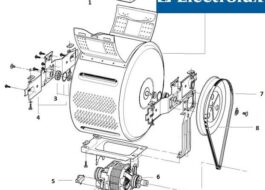
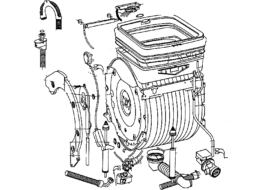
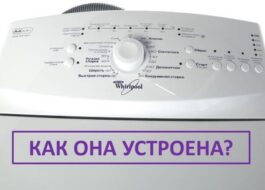
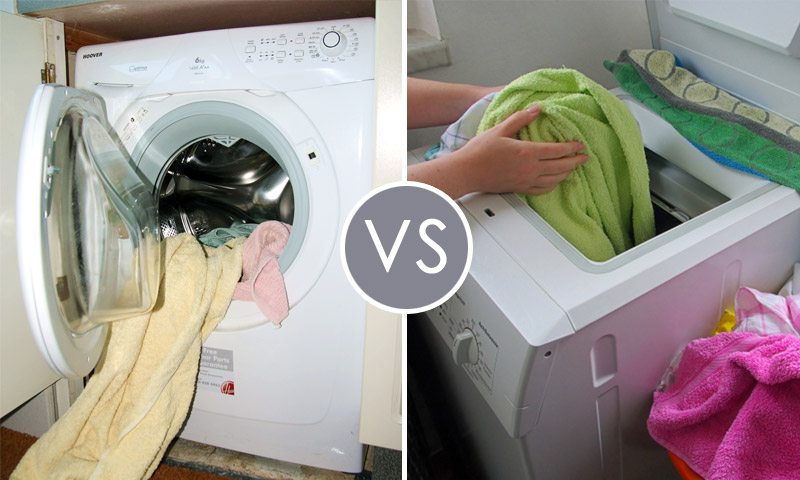
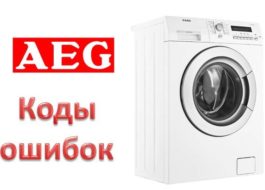
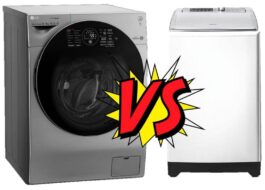










Add a comment